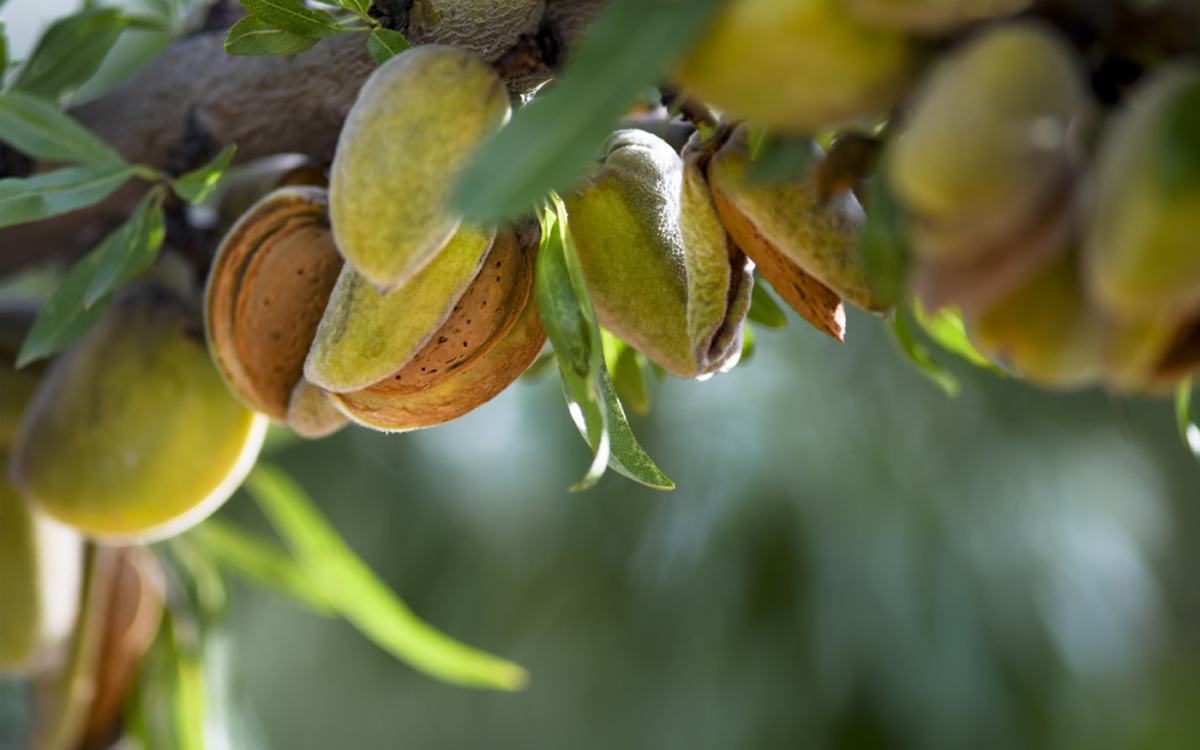April 24, 2024
By Lynda Kiernan-Stone, Global AgInvesting Media
Over the past 10 years, AgIS Capital has established an impressive track record of acquiring and managing high-quality, investment-grade farmland assets and, when a value proposition presents itself, related agricultural commodity processing assets.
The valuable thought leadership born of such a history is now being shared by AgIS Capital through their Annual State of the Market Report for Q2 2024, providing an overview of the trends and forces at work driving farmland returns.
The report opens soberly, outlining a range of challenges currently being faced on a global scale, from a slowing of the general U.S. farm economy in 2024, persistent inflation, higher lending costs, reduced margins, a softening of the permanent cropland market – especially in California – and commodities prices that are trending lower. This is all amid Russia’s ongoing invasion of Ukraine, tensions between the U.S. and China, and the horrible conflict between Israel and Hamas that is spreading unrest throughout the Middle East.
But AgIS notes, “We see a light at the end of the tunnel, and we believe our investment strategy of acquiring high-quality, water-rich, permanent plantings will reward institutional investors,” adding that the next two years may prove to be a key period in which to acquire permanent cropland assets.
The Report examines financial trends for the ag sector in a historical context, stating that although real net farm income (NFI) is expected to drop 27.2 percent to $116.1 billion in 2024, in real terms, this NFI would be the 12th highest since 1960 and 15.8 percent higher than the average between 1960-2024, despite the reduction.
Meanwhile, the real value of farm assets is expected to increase 2.4 percent to $4.3 trillion and the real value of farm real estate is forecast to increase 3.2 percent to $3.6 trillion, with farm real estate now comprising 84.3 percent of farm assets, the highest on record.
All told, the real value of farm sector equity is expected to increase 2.3 percent to $3.7 trillion, marking a record for a fourth consecutive year, as the proportional increase in farm debt relative to farm assets caused the debt-to-equity and debt-to-asset ratios to creep up less than half a percent to 14.7 percent and 12.8 percent, respectively.
To gain even further insight into current conditions, AgIS analyzed the performance of the NCREIF Farmland Index, which provides more detail in regard to the relative performance of various types of properties and crops. The goal of this approach is to provide an in-depth analysis, using the California nut sector (more specifically, almonds, walnuts, and pistachios, which account for approximately 38 percent of the NCREIF Permanent Crop Index) as a case study to answer the question, “What caused nut crop performance to be so poor the past few years?”.
AgIS focuses in and explores the effects of three culprits: supply chain impediments, the supply response, and the relative value of the dollar; going on to outline the characteristics of the California nut sector’s current market regime, with predictions that one underlying force – the SGMA legislation of 2014 – has the power to upend the status-quo.
In the end, AgIS states that we are at the outset of a new market regime change brought about by regulation and scarcity, giving indications that permanent crop returns will rebound as the market corrects and permanent crop orchards with insufficient water rights fall out of production, the dollar reverts lower, and supply chains normalize – creating a scenario likely to present some prime opportunities to buy into permanent cropland.
This however, is merely a brief overview of what is a rich, in-depth, and highly informative report. You can access the full paper and all of its valuable insights here.
*The content put forth by Global AgInvesting News and its parent company HighQuest Partners is intended to be used and must be used for informational purposes only. All information or other material herein is not to be construed as legal, tax, investment, financial, or other advice. Global AgInvesting and HighQuest Partners are not a fiduciary in any manner, and the reader assumes the sole responsibility of evaluating the merits and risks associated with the use of any information or other content on this site.

Let GAI News inform your engagement in the agriculture sector.
GAI News provides crucial and timely news and insight to help you stay ahead of critical agricultural trends through free delivery of two weekly newsletters, Ag Investing Weekly and AgTech Intel.




